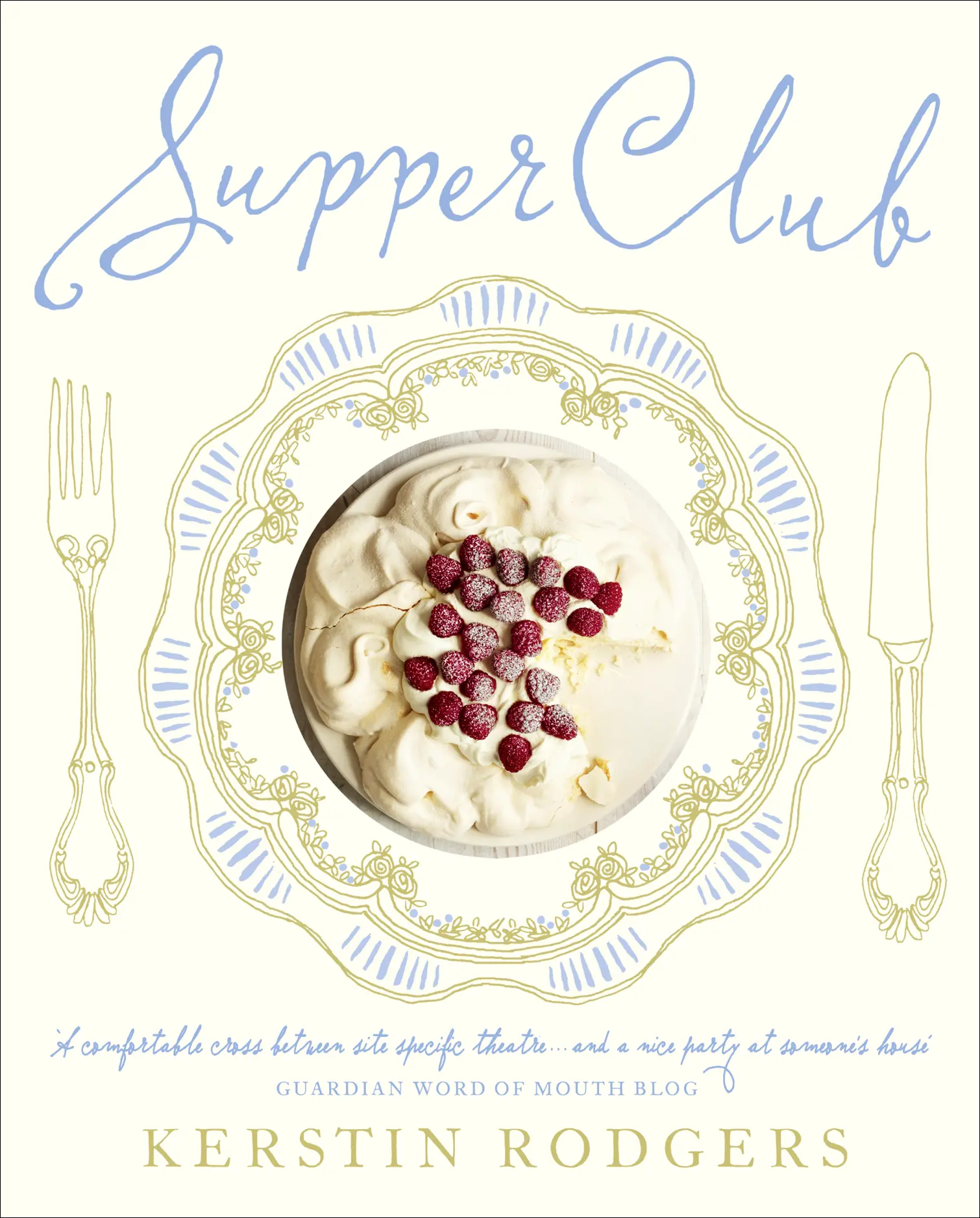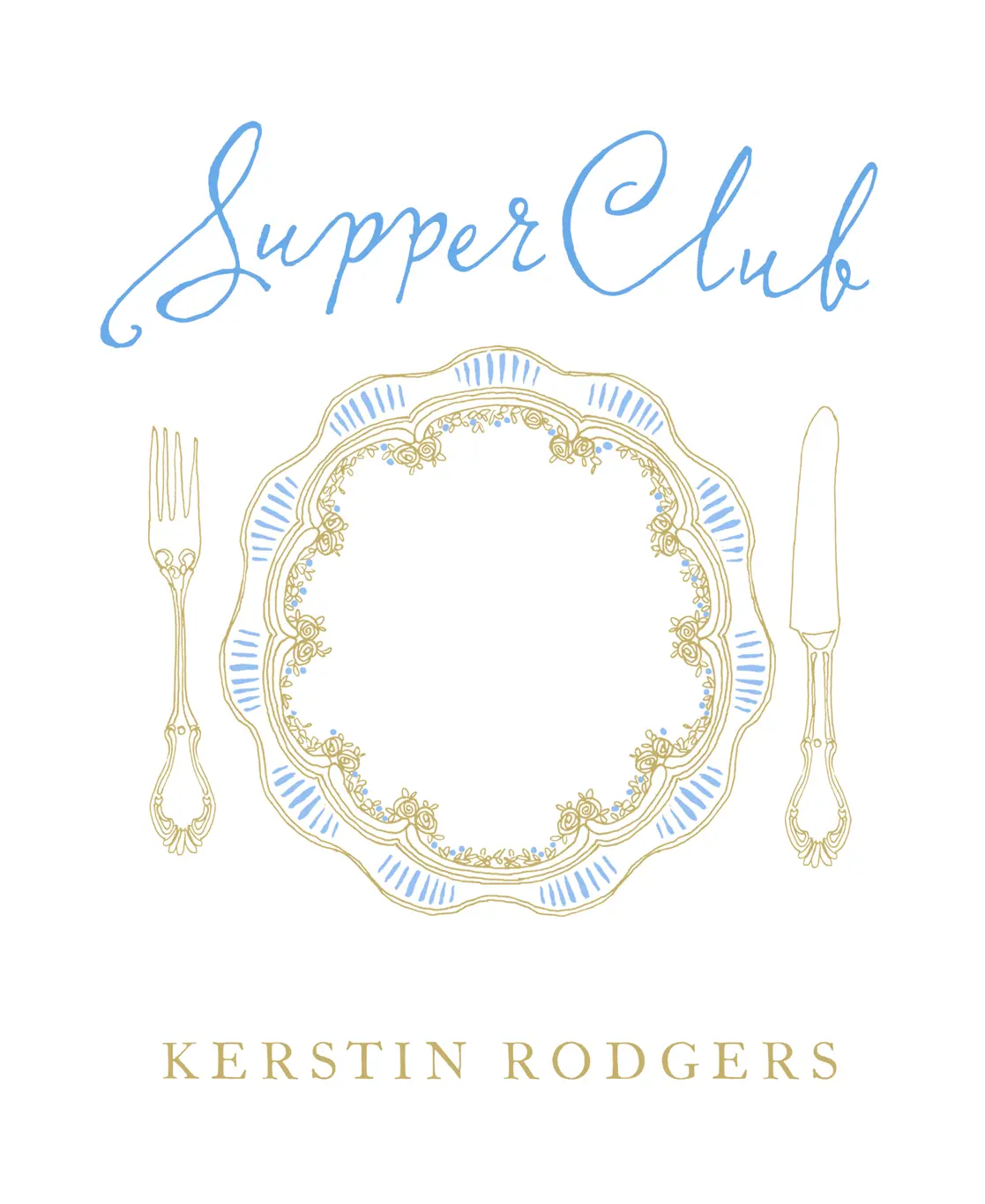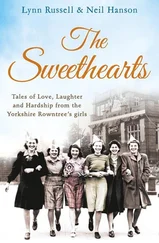


To all the single parents,
you are superheroes!
Contents
Cover
Title Page
Part One – The Notes Part One – The Notes
Introduction Introduction We think of the restaurant as an ancient institution but in fact it dates back only a couple of hundred years to the French Revolution. Chefs emerging from the households of a destroyed aristocratic class no longer had jobs. The very idea of a restaurant at this time was revolutionary: a place where anybody who had the money could pay to eat. Suddenly, traders were sitting cheek by jowl with aristos; housewives next to duchesses. They were being waited on, not by their own private staff but by serveurs, people who would serve anyone with the financial means. That was the first revolution in eating out. 2009 was the year of the supper club. A new revolution.
My Food My Food I try to avoid classic restaurant dishes. I’ll make things that restaurants don’t have the time or business model to make, like Stargazy Pie or a Croquembouche. Another difference from the average restaurant: I don’t cook or eat meat, I’m a pescatarian. Things like paté, liver, kidneys, faggots and gristle in my favourite spaghetti sauce always revolted me. I feel uncomfortable with eating animals. I have to suspend my imagination even to eat fish, but I do like the taste. I’m not a proselytising vegetarian, I’ve had relationships with meat-eaters, snogged them and everything. But you won’t find any meat recipes from me in this book. Fear not, there are guest meat recipes from other supper clubs. As the chef/patronne of my supper club, I don’t feel obliged to serve meat. I can cook whatever I feel like. I often make themed meals based on the season, the date (eg Feast of the Assumption), popular culture (film night, Elvis, Patrick O’Brian) a type of food, (umami night) or a nationality (Arabian night). At first, I charged very little and made a loss; I could not continue like that. I now charge a price comparable with a restaurant, but at least you know you are getting everything, the whole experience – from aperitif to coffee – included. It’s not cheaper, but why should it be? To dine at The Underground Restaurant is a unique experience. I don’t ‘turn tables’: you have a table for the night. It’s economic because you can bring your own wine, and you come secure in the knowledge that you have paid for every aspect of the meal. In restaurants people often share a dessert or decide to save money by having coffee at home. At a home restaurant, people have to come with realistic expectations; it’s not a normal restaurant. For instance, I had an Italian family come for a brunch: one asked for a latte, the other an espresso. I laughed. I don’t have a big expensive coffee machine. You eat what I give you. It’s more like going to your mum’s house (if your mum was stylish and an original cook). If going to a supper club was initially a novelty, people are getting used to the fact that home restaurants now form part of the eating-out landscape. Culturally, home restaurants are a boon for tourists: you can eat in English homes and learn about the British in this way.
The Home Restaurant The Home Restaurant There are different types of underground restaurant. The ‘home restaurant’ is, for me, the most interesting, intimate and authentic of the supper-club genre. The notion of the home as a private space is quite recent, only since Victorian times. The home restaurant is blurring the lines between public, work and family space. You are welcoming complete strangers into your home. Your taste in décor, your books, your music taste, your crockery, your bathroom toiletries, even your underwear (if, like me, you sometimes forget to tidy it from the drying line) is open to inspection. The home restaurant appeals to the foodie and the voyeur. It is as if the TV programme Come Dine With Me (in which strangers eat at someone’s house and award them points) has mated with Masterchef (the TV cookery competition for amateur chefs hoping to become professional) and Through the Keyhole (in which the camera films inside a private home and a panel has to guess the celebrity to whom it belongs). At a home restaurant, the food is usually cooked by a talented amateur or a wannabe professional. It can be a rehearsal for opening a commercial restaurant. In the case of Nuno Mendez, chef of former restaurant Bacchus, his home restaurant (supper club The Loft) was a way of testing out menus in preparation for opening his subsequent restaurant Viajante. His restaurant now open, Nuno retained The Loft as a showcase for talented young chefs. For David Clasen, who has been running the supper club First Weekend since 2003, his home restaurant is ‘a slow burn. I’m building up skills, menus and a clientele for the part-time restaurant I hope to open in a few years’. Even pop stars’ wives are getting in on the act: Ronnie Wood’s ex-wife Jo Wood has opened up her mansion and gardens to the public for ‘Mrs Paisley’s Lashings’. Does Jo, who has cooked nutritional food for The Rolling Stones on tour, stand sweating behind the stove? No, she has hired in a pro, Arthur Potts Dawson, from Kings Cross restaurant Acorn House. The price is equally starry…£160 per person. Doubtless, guests are hoping to be sat next to diners like Mick Jagger, who happens to be Arthur Potts Dawson’s uncle.
The ‘Pop-Up’ Restaurant The ‘Pop-Up’ Restaurant Occurring in unusual places – an abandoned shop, a boathouse, a garden or a hired location – it’s ‘pop-up’ because it is temporary, either in terms of the space or the amount of time it will remain open. Frequently the chefs are professionals and the waiting staff experienced. Prices tend to be higher. But it is a great opportunity for young chefs without their own restaurants to showcase their food. Another type of ‘pop-up’ is Latitudinal Cuisine , organised by architect Alex Haw. Nobody pays; it’s based on participation. Every week a supper is held at a different house and the guests bring a dish based on the latitude or longitude announced in a lengthy e-mail essay by Alex. The week I went, this included an eclectic menu based on places ranging from Graz in Austria, the Congo and Svalbard, to Bari in Italy, Sweden and Libya. For Sam Bompas, of food event artists Bompas & Carr, a pop-up restaurant is an installation, a mix of art and food. He’s held events experimenting with glow-in-the-dark jelly, the history of food, a breathable cocktail and a ‘parliamentary’ pop-up that served cocktails and food and held debates around the time of the election. Each event is innovative and researched. Sam obviously has his ear to the ground in the food world, as he attended my very first dinner, bringing along jellies for the guests. Pop-up restaurants also include legitimate outdoor pop-ups in marquees, such as The Griffin, which opens to the public for six weeks every summer round the back of Grays Inn, London. This pop-up is more legal than most; its clients are usually barristers and judges.
Variety Variety There is a huge variety of styles of underground restaurant. Some operate weekly, some monthly, some just when they feel like it.
Читать дальше















